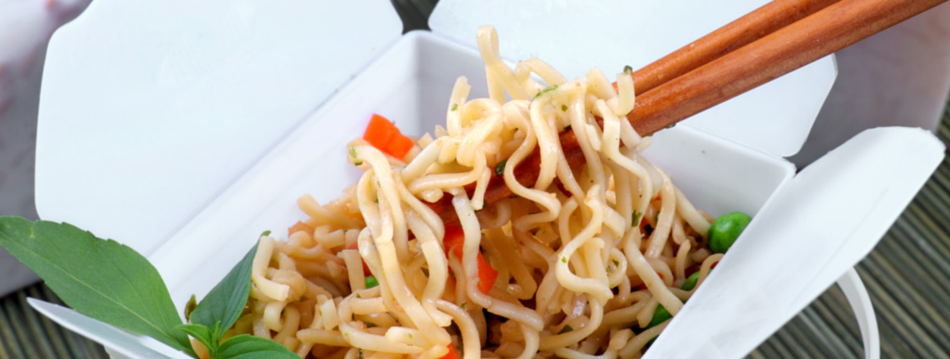
I’m sure you associate tomato sauce with Italy, but tomatoes didn’t exist in Italy until after Columbus sailed the ocean blue in fourteen hundred ninety two. Well, not really, as it took Columbus until his third voyage to reach South America in 1498, and his fourth to reach Central America. Eventually he returned home with tomato seeds.
Tomatoes are a New World food, meaning that prior to Columbus encountering the Americas they didn’t exist in Europe. Through the fifteenth century, when the Spanish explorers came to America they imported many things from Europe which we associate with the U.S. and returned home with a wide range of foods not seen before in Europe, Africa or Asia. Though the European explorers who came to the Americas brought all variety of germs and disease to this part of the world, leaving a swath of death and disease, they also created a rich exchange of foodstuffs that may surprise you.
Columbus brought the tomato back to Spain (remember it was Queen Isabella of Spain who financed the trip) but though they didn’t grow well in Spain they thrived in Italy, which is why tomatoes are such a predominant part of Italian cooking. Prior to tomato cultivation Italian food was similar to Greek food; pasta with meat sauces, and cheese.
It probably won’t surprise you that corn, tobacco, and pumpkins are new world crops, but how about potatoes? We may think of them as Irish, or British, but potatoes are from South America, as are vanilla and cacao which were brought back to Spain by Hernando Cortez. Before Columbus there were no domesticated farm animals here. North and South American Natives ate wild birds, like turkey and buffalo and venison, and if they lived near water, fish. The Spanish brought to the Americas cows, horses and pigs, as well as rats, dogs and cats.
The chili peppers we associate with much of Chinese cuisine are also new world exports. Chilies have become ubiquitous in many cuisines, most notably Asian, but prior to the late 1400’s the only pepper used throughout Europe and Asia was the black peppercorn imported from the Spice Islands of Asia. It was in an effort to find a faster route to Asia that Columbus stumbled first on Though I grew up with the myth that Marco Polo brought pasta back from his travels to Asia, there is evidence of pasta in writing from Ancient Greece.
As we trace the history of humankind, it is impossible not to include how and what they ate. As art illustrates what a civilization values and extols, we learn about society and how people lived by peering into their kitchens and pantries and tents and caves. Who we are is determined by how and what we eat. For better and worse the Spanish explorers radically changed the culinary landscape of the world.





.jpg)





that cynking feeling - So I understand that tomatoes aren’t Italian, but can you tell me who first came up with the idea of sun dried tomatoes? For some reason, I think of that as especially Italian.
nrlowell@comcast.net - Well, tomatoes have been around in Italy since the early 1500’s, and they have changed quite a bit since then. I don’t know for sure, but I would guess everyone who had access to tomatoes was drying them in some fashion to preserve them through the cold months.
Julie Chenell DeNeen - Really?! Tomatoes? I knew about corn, but not pumpkins. I think the history of food is so fascinating!
nrlowell@comcast.net - Yeah, right? It gives you a new perspective on many things.